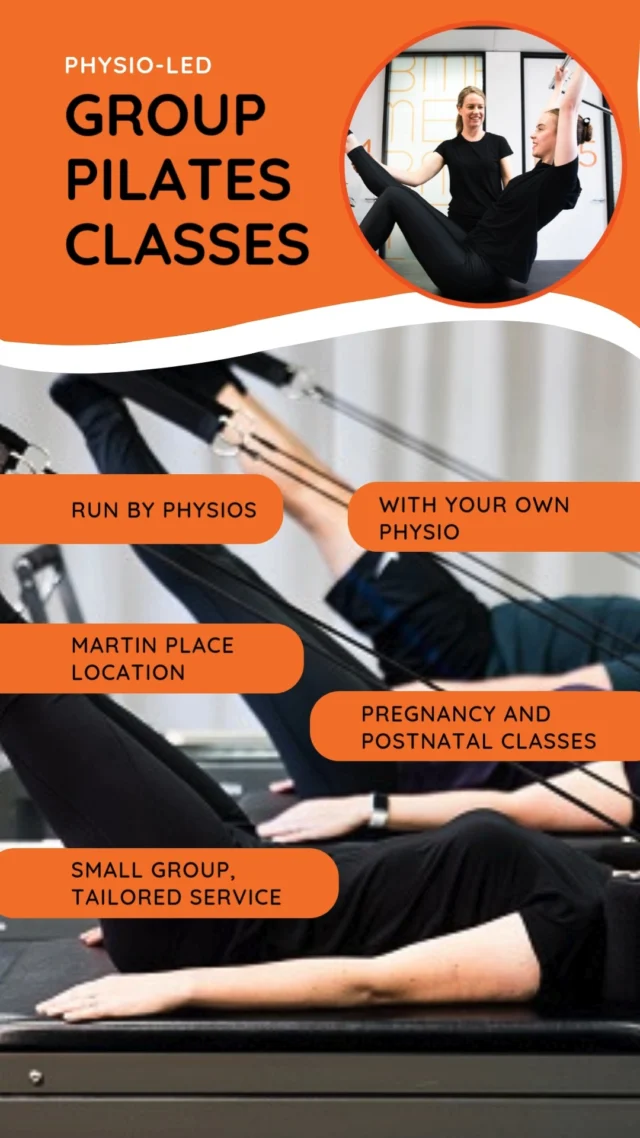As a young dancer, you spend most of your time wishing you could start dancing en pointe. However, the allure can quickly wear away if you begin to experience posterior ankle pain. Posterior ankle pain in dancers can often be caused by the overuse of some muscles resulting in tendinopathies. For others, it may be caused by ‘Os Trigonum Syndrome’.
What is Os Trigonum Syndrome?
Some people have a small accessory ossicle (extra bone) at the back of their ankle known as the Os Trigonum. People may have this and not even be aware as it doesn’t cause pain. However, dancers who do have an Os Trigonum may experience discomfort due to the extreme plantarflexion ranges required for pointe and relevé. When the ankle is put into plantarflexion, the ossicle can become compressed between the calcaneus, talus and tibia. Repetitive loading can then lead to irritation and pain in the area. Other traumas around the area such as an ankle sprain can also be enough to trigger symptoms.
There are three mechanisms for the development of an os trigonum
- Fusion failure of the ossicle to fuse with the talus (heel bone)
- Fracture of the posterior margin of the tibia
- Fracture of the posterior process of the talus
Common signs and symptoms:
- Pain between the Achilles and peroneal tendons, especially with relevé or when en pointe
- Swelling around the ankle
- Decreased range of movement of your ankle
- At times a bony prominence can be palpated (touched)
- Discomfort with rolling your ankle in or out (sickle or fishing of your ankle)
- Pain when lifting up your big toe
How do you manage this?
Research has suggested that the first line of action should be trying to manage the condition conservatively through exercise. Rehabilitation including a period of rest from relevé and pointe work, followed by retraining of ankle proprioception and deep leg muscles both isometrically or eccentrically have proven to be effective. Recovery time frames can differ depending on a persons training load and skill level.
Surgery to remove the os trigonum has also shown to have positive results when followed up with the appropriate rehabilitation pathways.
However, surgery is not recommended as the first line of treatment.
Albisetti et. al, suggested surgery be considered if:
- you are a professional dancer with recurring or unremitting symptoms
- Persistent decreased plantarflexion ranges compared with your unaffected foot
- Failure of conservative management for approx 4 months (this will differ depending on the person/level of the athlete)
- Posterior impingement that has been confirmed by x-ray and MRI
Remember that this presentation is not isolated to dancers, they can also be seen in other athletes who need large plantarflexion ranges; such as soccer players.
Peoples presentations and bodies are all very different so if you’re concerned about posterior ankle pain or Os Trigonum Syndrome, book in to see one of our physio’s who can help you get back on track and back en pointe.
References:





